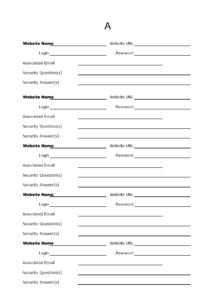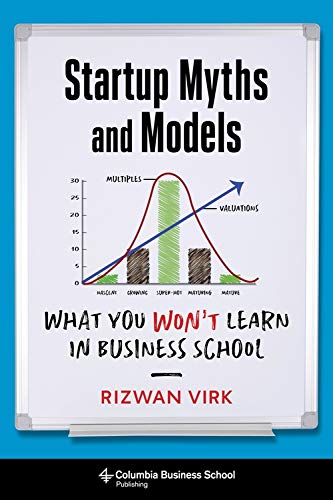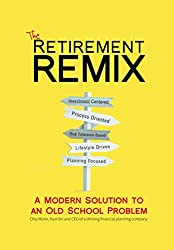by Fred Fuld III
The baby boomers are getting older, and as they age, they become more concerned about their health, living as long as they can, and living as healthy as they can. The boomers get concerned about age related illnesses and diseases that can affect them.
Fortunately, there are a few companies involved in targeting human aging and degenerative diseases. There are many companies involved in developing treatments and cures for many diseases, such as cancer, and may have a small part of their business involved in age reversal. But there aren’t many companies involved age extension as a pure play. Here are a few longevity stocks worth doing further research on.
Cohbar (CWBR) is a clinical stage biotechnology company which concentrates on the research and development of mitochondria based therapeutics, an emerging class of drugs for the treatment of chronic and age-related diseases. CohBars therapeutics offer the potential to treat a broad range of diseases, including nonalcoholic steatohepatitis, obesity, fibrotic diseases, cancer, acute respiratory distress syndrome, type 2 diabetes, and cardiovascular and neurodegenerative diseases. The company is even in a pre-clinical program for COVID-19 associated ARDS. This Menlo Park, California based company was founded in 2007. The stock has a market cap of $97 million and has been generating negative earnings. It has $12.5 million in total cash and long term debt of $3.4 million.
AgeX Therapeutics, Inc. (AGE) is an Alameda, California based biotechnology company founded in 2017, with a great stock ticker symbol.The company develops and commercializes novel therapeutics targeting human aging. The company’s two major proprietary technologies are PureStem® and induced Tissue Regeneration (iTR™). PureStem® can generate pluripotent stem cell-derived young cells of any type for potential application in a range of degenerative diseases of aging with a high unmet medical need. iTR™ is the company’s longevity platform with a goal of unlocking cellular immortality and regenerative capacity to reverse age-related changes in the body. The stock has a market cap of $32 million and has been generating negative earnings. It has $2.3 million in total cash and $1.5 million in long term debt.
resTORbio, Inc. (TORC) is a Boston, Massachusetts based company founded in 2016, which is involved in developing innovative medicines that target the biology of aging to prevent or treat aging-related diseases. The company’s lead clinical program is selectively targeting TORC1, an evolutionarily conserved pathway that contributes to the age-related decline in function of multiple organ systems, including neurologic function. Inhibition of TORC1 has the potential to improve the function of aging organ systems and address multiple aging related diseases. The stock has a market cap of $77 million and has been generating negative earnings. It has total cash of $91 million and virtually no long term debt.
Please be aware that these are extremely low cap stocks and should be considered very speculative.
Disclosure: Author owns CWBR.












